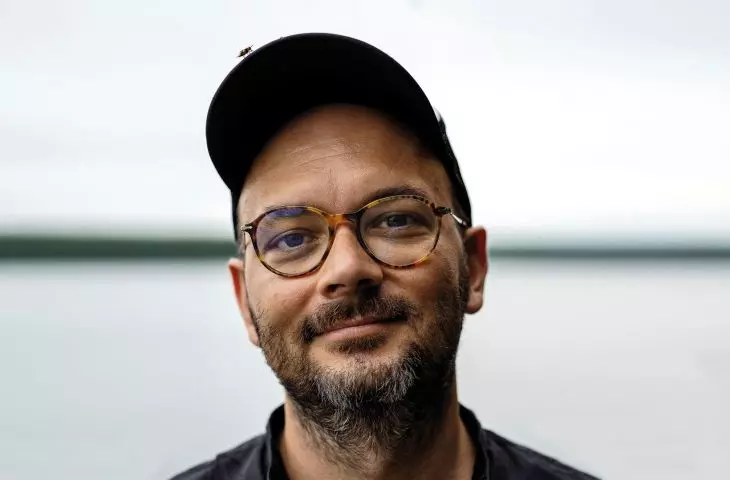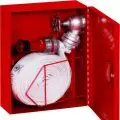The end of December—because that's when we finished preparing the January issue—is the best time for all kinds of summaries. And like every year, we ask practitioners and architecture critics to write what they consider a success and what they consider a failure in a given year. We do it in the convention of Kits and Hits. We give our Authors total freedom of expression and do not moderate this discussion. Rather, we are very curious about it.
Previous episodes of the series featured:
Filip Springer in Sink or Soar 2022 from A&B 01|2023 issue
SOAR
The exhibition „Anthropocene” organized by NIAiU in the Zodiak Pavilion in Warsaw.
Architecture today faces the need to answer fundamental questions about its essence. Construction activity contributes significantly to the destruction of the planet, both in terms of emissions caused by it, as well as in terms of broader environmental degradation and resource consumption. At the same time, it is in the hands of architects that there are design tools that can help us build a less damaging future for the planet. The exhibition at Zodiac constructively addressed all these themes, and its curators and the artists they invited succeeded in defining important directions for thinking about the architecture of the future. It is an important voice in the so far silent discussion in Poland about the impact of architecture on the planet.
SINK
Participation of Polish offices in the tender for the CPK terminal
This tender, as SARP itself called for, should have been a competition. But that's not the worst part here. If the Central Transportation Port is built, it will be an ecological disaster—its construction and operation will have a gigantic ecological footprint, and the increase in air traffic will contribute significantly to carbon dioxide emissions. If it is not built, which is more likely, given the state of Polish public finances and their future prospects, the whole project will be a gigantic waste of public money. The participation of Polish offices in the bidding for the CPK terminal would probably not be anything deceitful if the architects thought of themselves only in market terms: there is a demand for the project, so there is a supply project. The trouble is that this milieu has written itself a neat code of ethics, and in it beefs up its professional social and environmental responsibility. How does this code mesh with participation? How do the constant calls for competitions for such large-scale investments relate to participation in this tender? At Kurylowicz & Associates, they can probably provide more than 800 million answers to this question.














